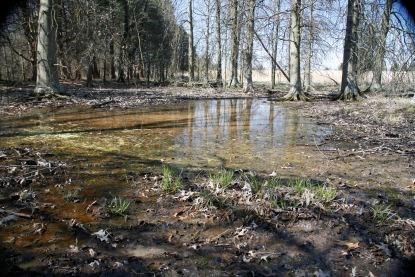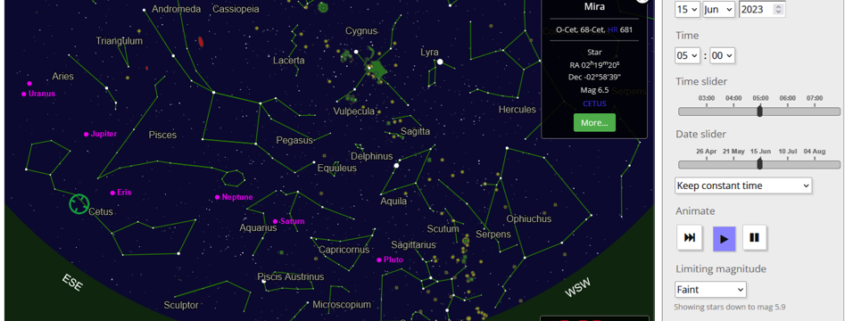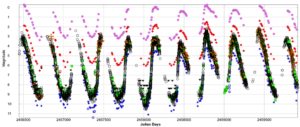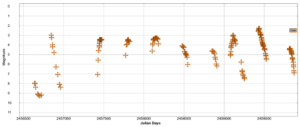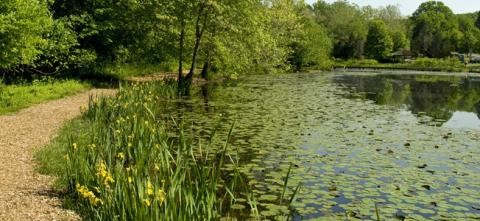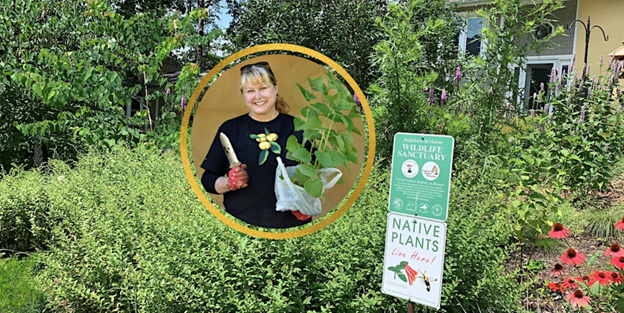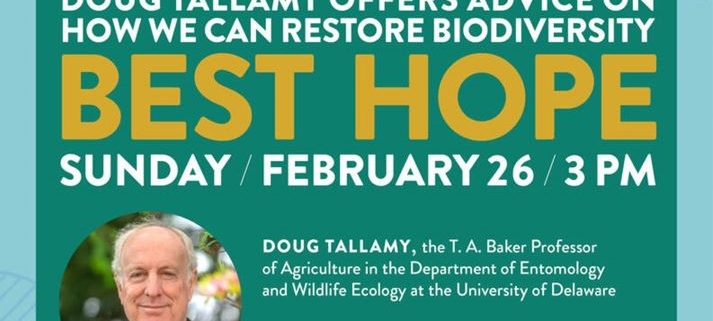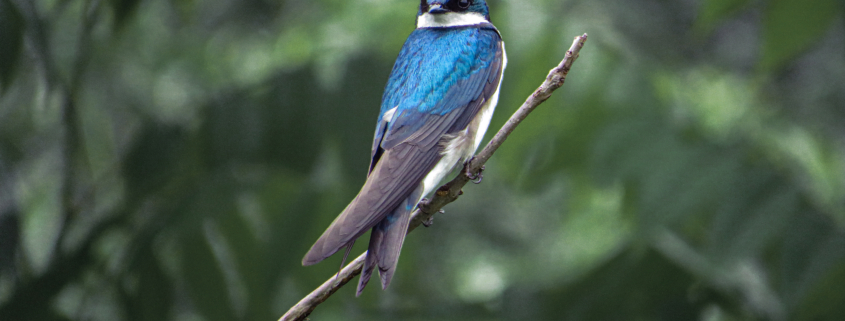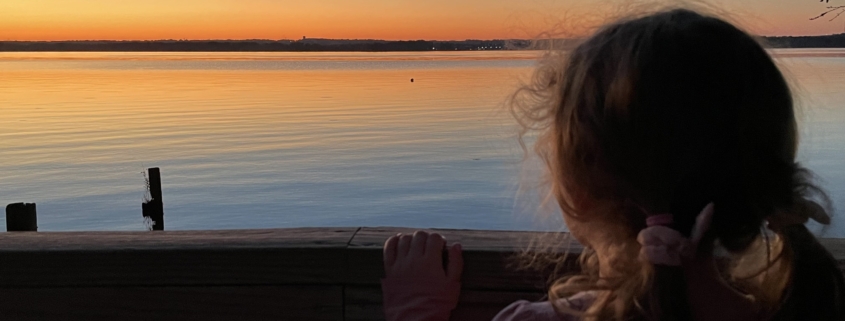All photos by Jerry Nissley
Are you gazing over your horizon for a different new place to volunteer?
FMNs Tom Blackburn, Rob Warren and Jerry Nissley recently met with Jamie Leeuwrik, Chief Ranger – Visitor Experience, at Mason Neck State Park to discuss the areas of need at the park and how FMN volunteers may help.
In a general sense, Jamie mentioned a range of needs and opportunities available now and in the immediate future:
1. Park interpreters (wetlands, birds/eagles, herps, indoor, outdoor)
2. Trail monitoring (rovers, tour guides)
3. Adopt-a-Trail program (cleanup, invasive removal)
4. Shoreline cleanups
5. Special events (from interpreting to costumed entertainer)
6. Kayak/paddle tour guides (join 6 current FMN guides)
7. Visitor Center Assistant
8. Summer Camp Program Leaders
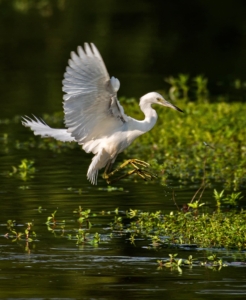
White egret swooping into the grasses of Kane’s Creek
All of the above require some sort of training and registration as a state park volunteer, which is standard procedure at all parks. Some may be tackled as scheduled group/team efforts, some may be individual efforts done as your time permits.
Please contact Jamie directly to get signed up as a State Park volunteer. Mention you are an FMN volunteer and would like get involved with any of the listed opportunities or express your personal interests and see what else they have. Paddle guides are being actively recruited now. Jamie.leeuwrik@dcr.Virginia.gov
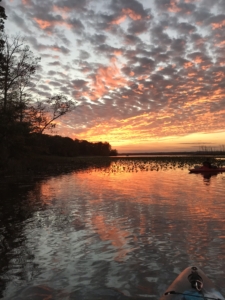
Evening paddle tour
FMN has two service codes to cover any and all projects in Virginia State Parks.
– S179: Virginia State Park Stewardship Projects – – VDCR, to cover any approved stewardship activity in a State Park. For example, maintenance, cleanups, invasive removal.
– E179: Virginia State Park Educational and Outreach Projects – – VDCR, to cover any approved educational activity in a state park. For example, paddle guide, festivals, interpretive programs.

Tidal marsh from the forested Bayview Trail
Mason Neck is very much about the water but it also has 10 hiking trails through multiple ecosystems – freshwater tidal marsh, coastal depression wetlands, and mixed mesic hardwood forests. It is home to several resident eagles and is a seasonal sanctuary for hundreds of migratory waterfowl, including tundra swans. It is a great place to learn more about.
For now, an FMN liaison is on the MNSP Volunteer notification list as there is no current signup calendar service available. However, signing up as a State Park volunteer places you on their list so you get advanced notice of events. Some events are posted on the State Park web site.
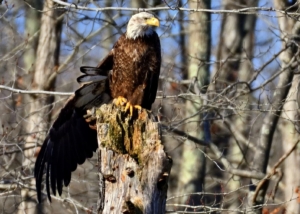
MNSP started as a sanctuary for eagles. Several pair nest on the Neck.
Project teaser – We then presented an idea from Sarah Mayhew (FMN President) about a ‘Chapter Project’ to restore and maintain their pollinator gardens. They have two major plots (~20’x30’) and small spaces around the visitors center. More on this project as details develop.
Please contact Jerry Nissley of this peaks your interest – fmncontinuinged@gmail.com


